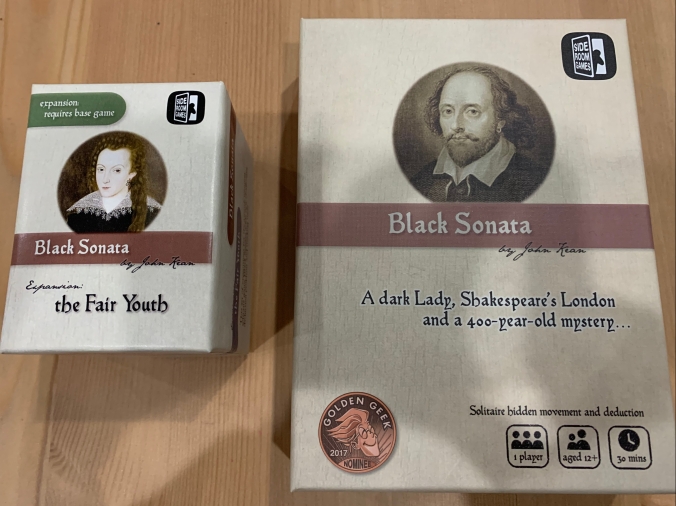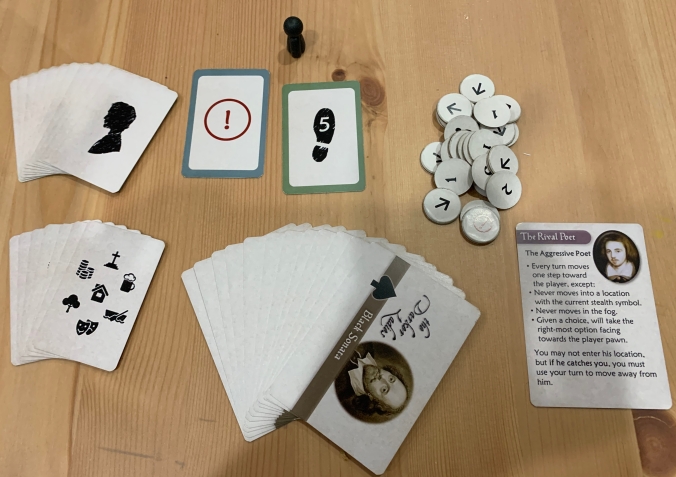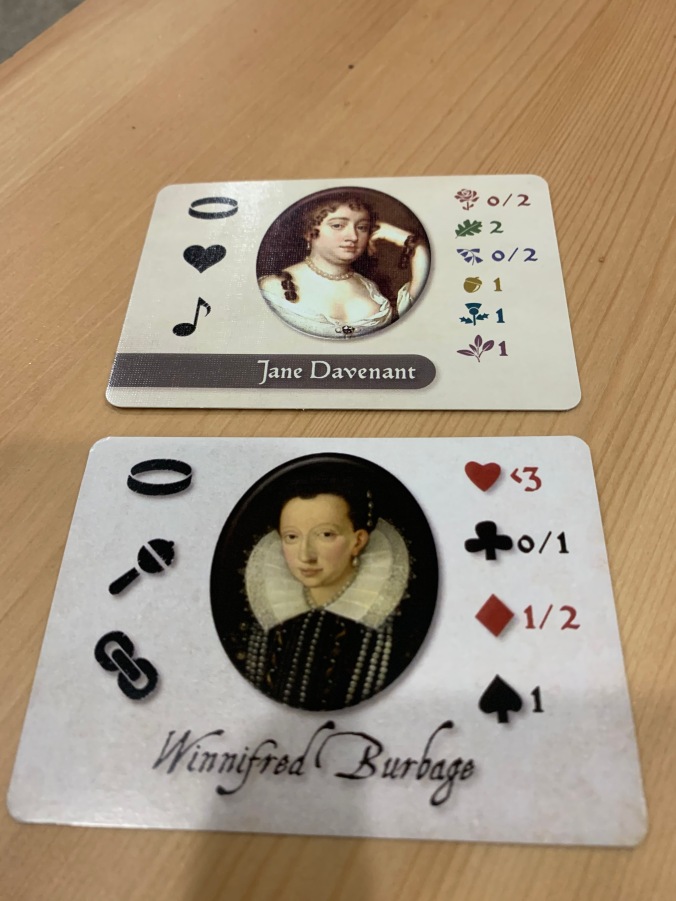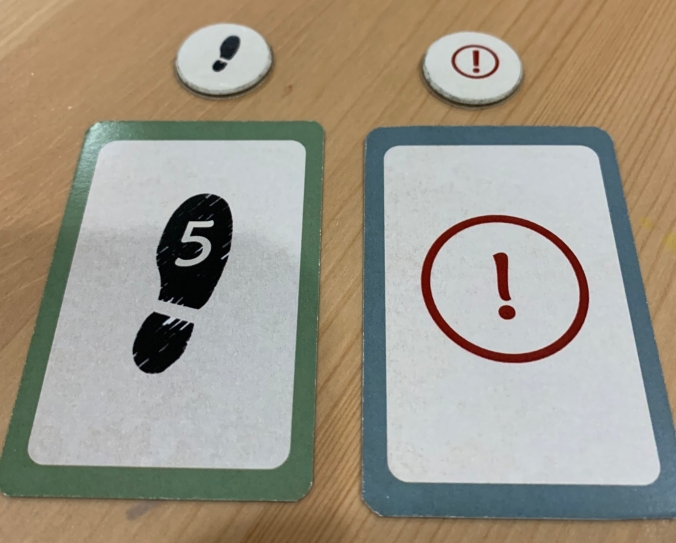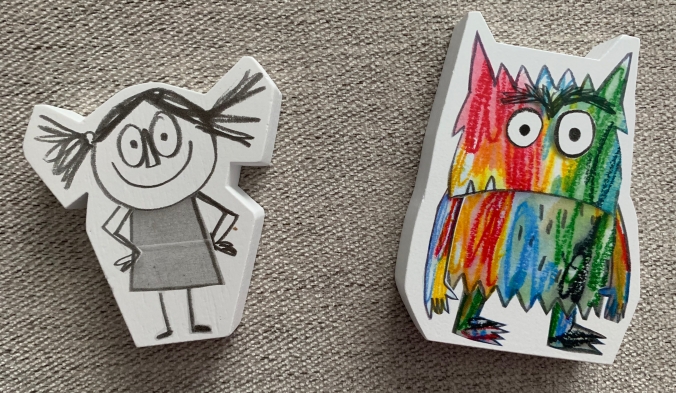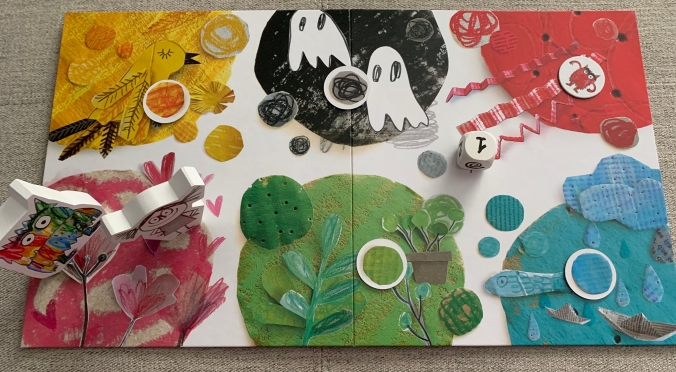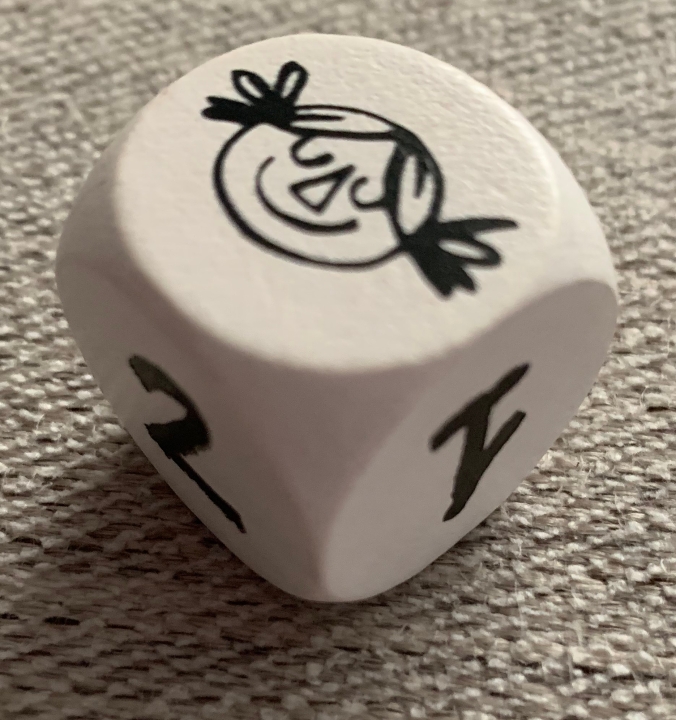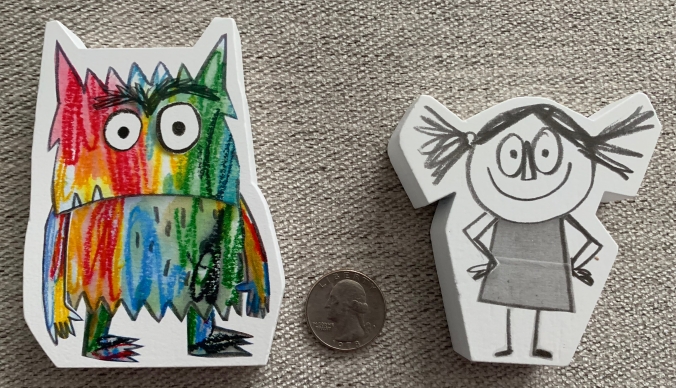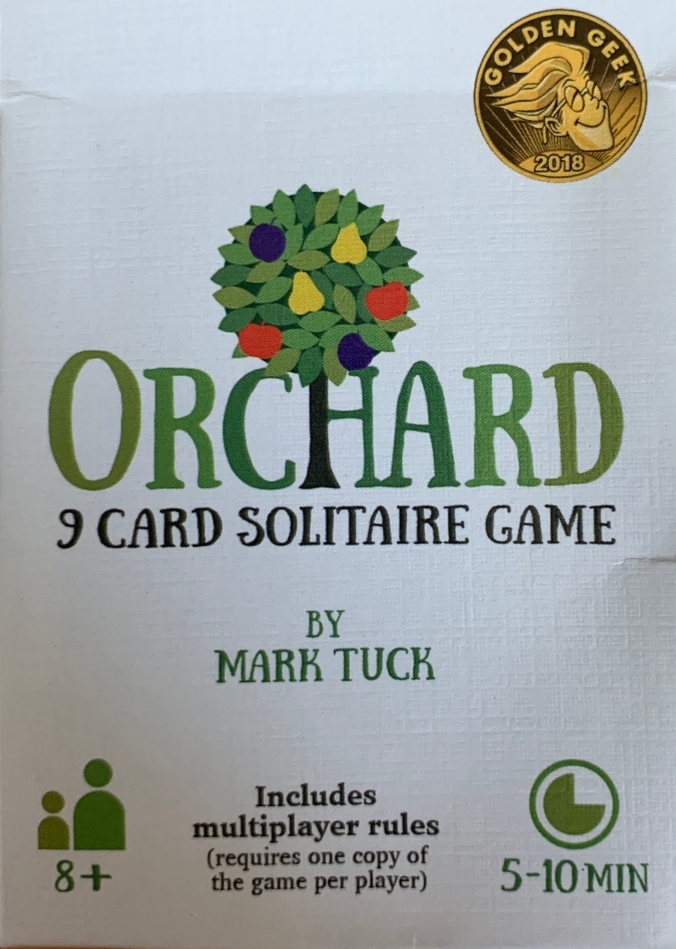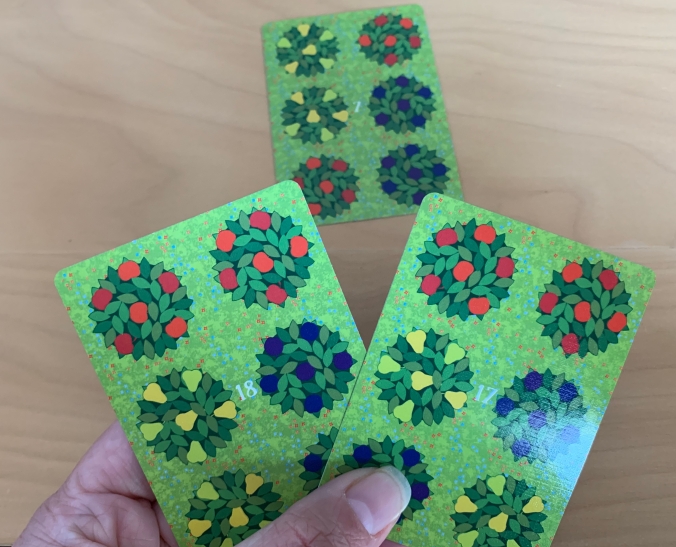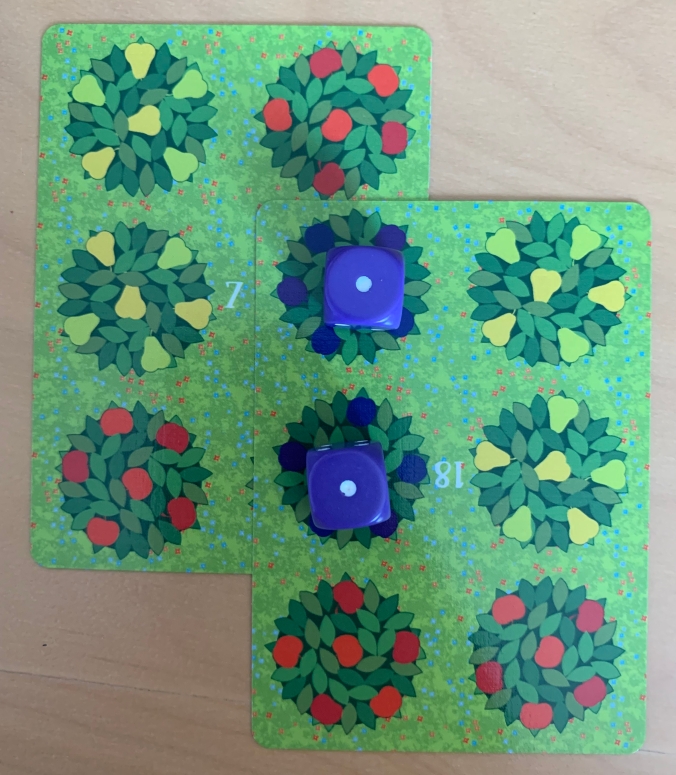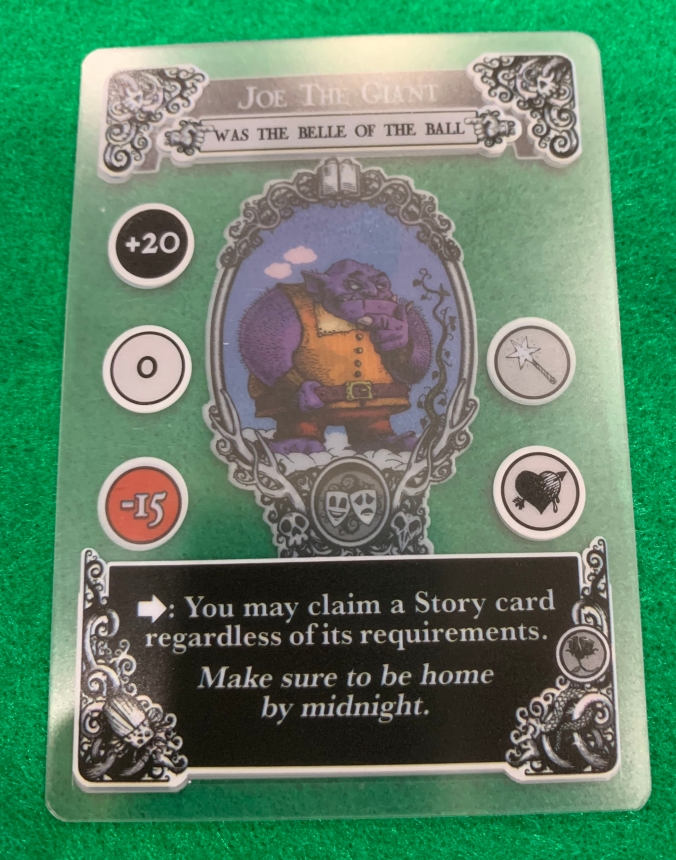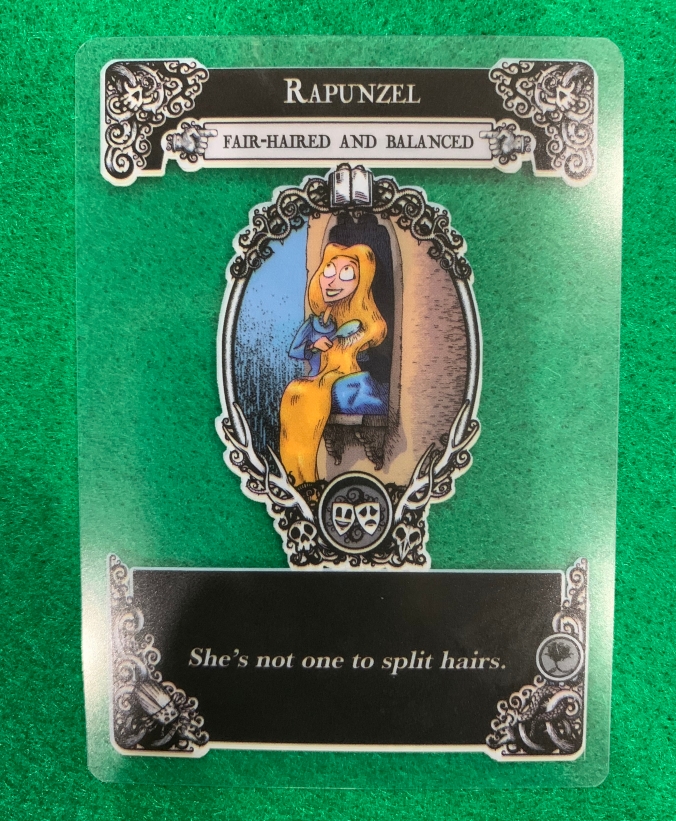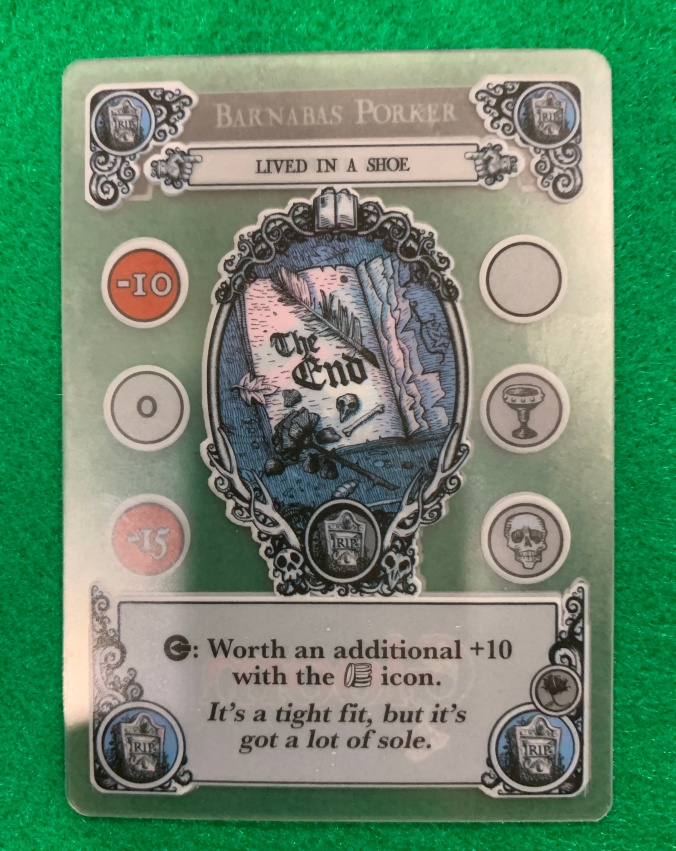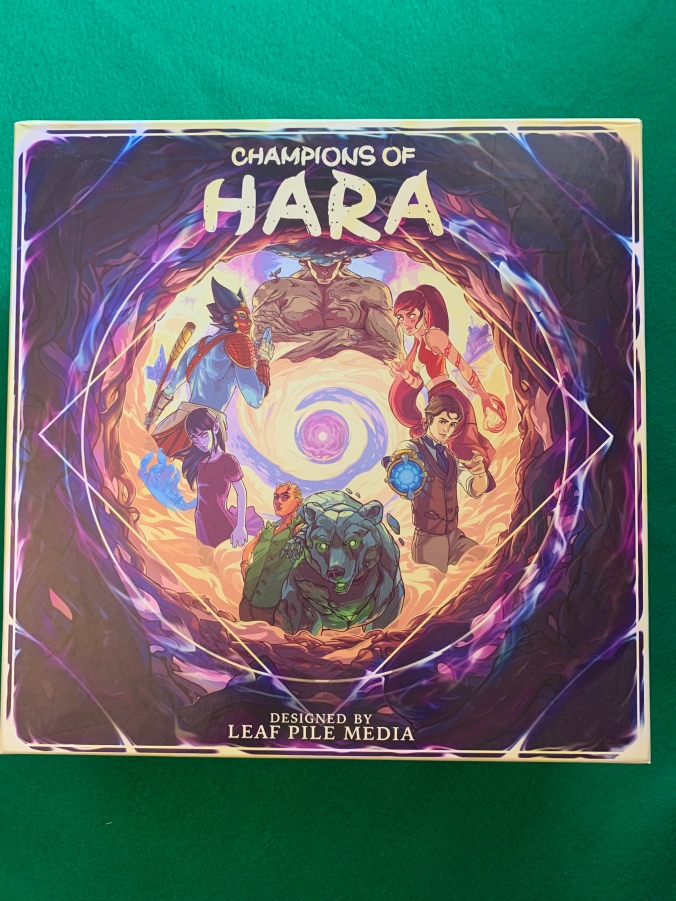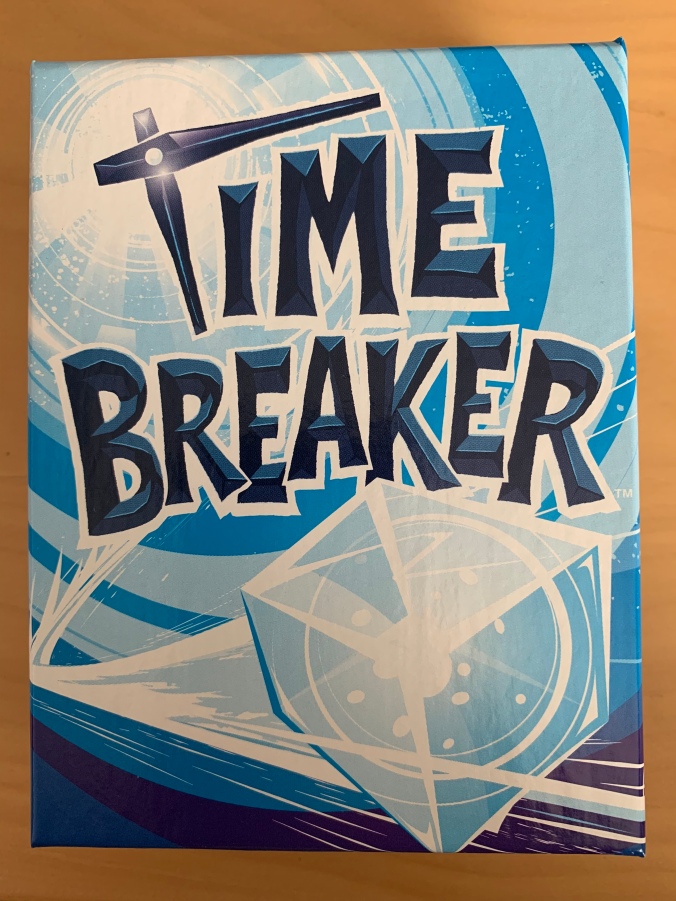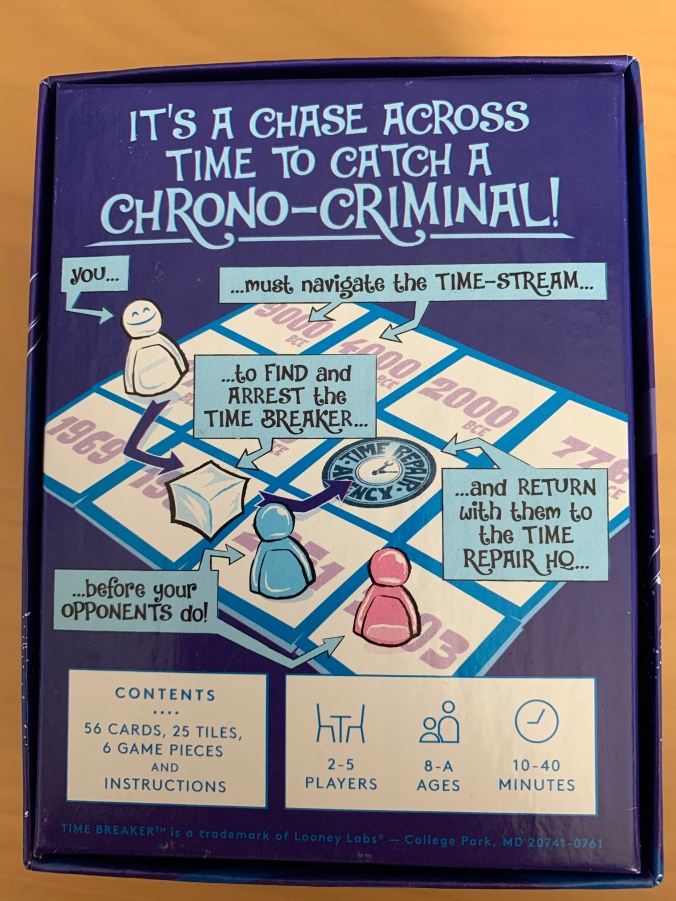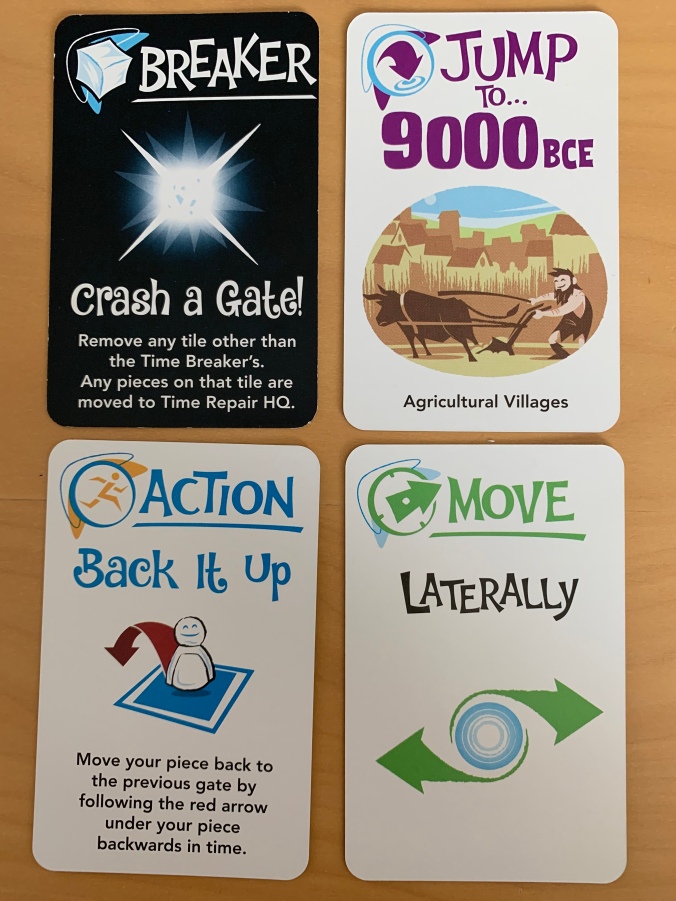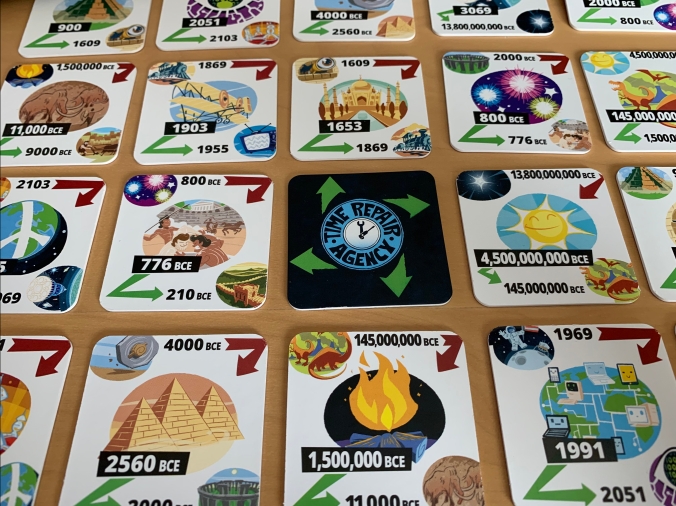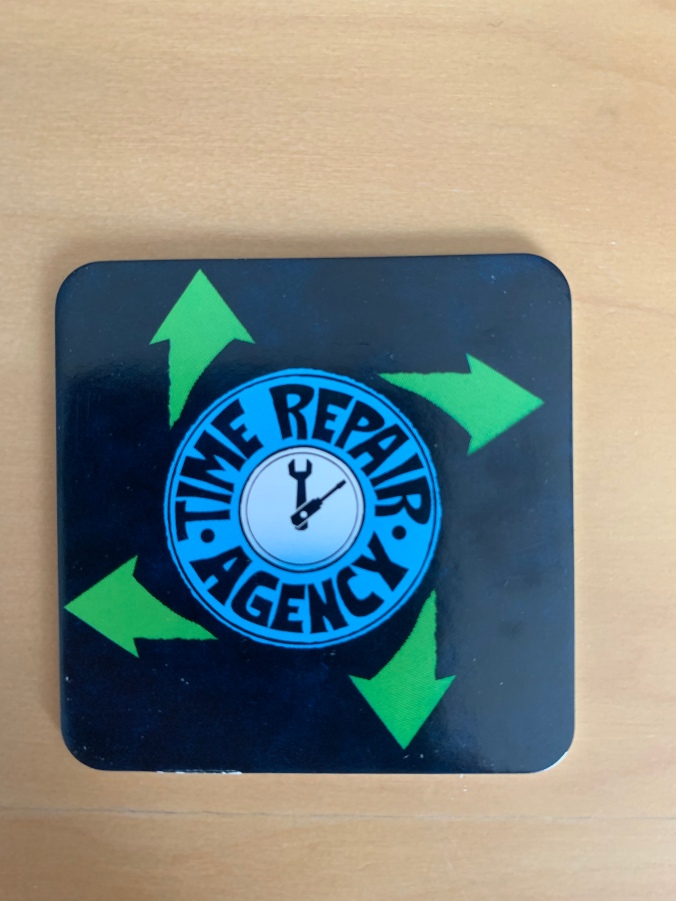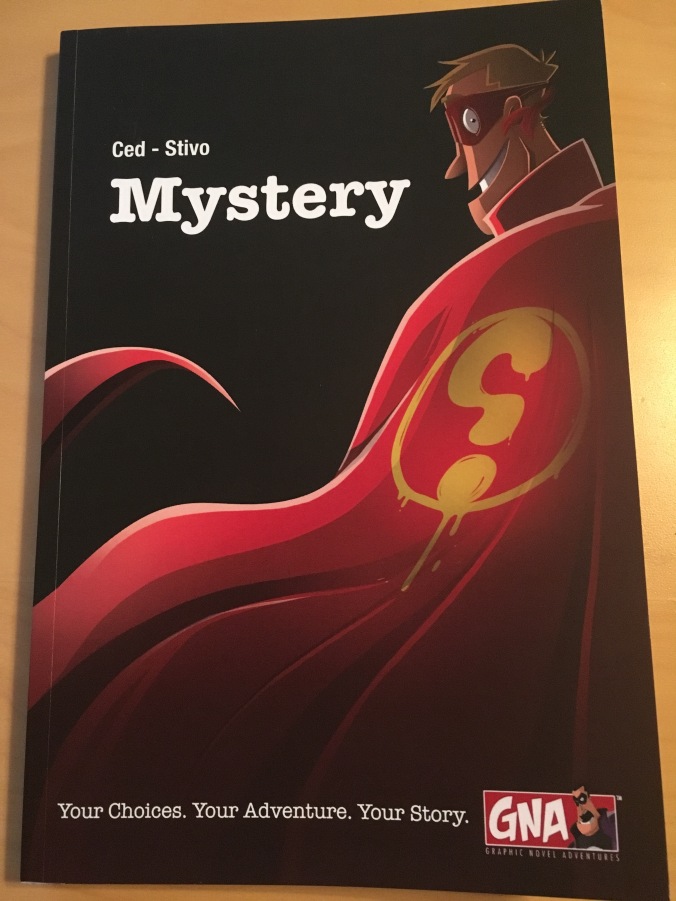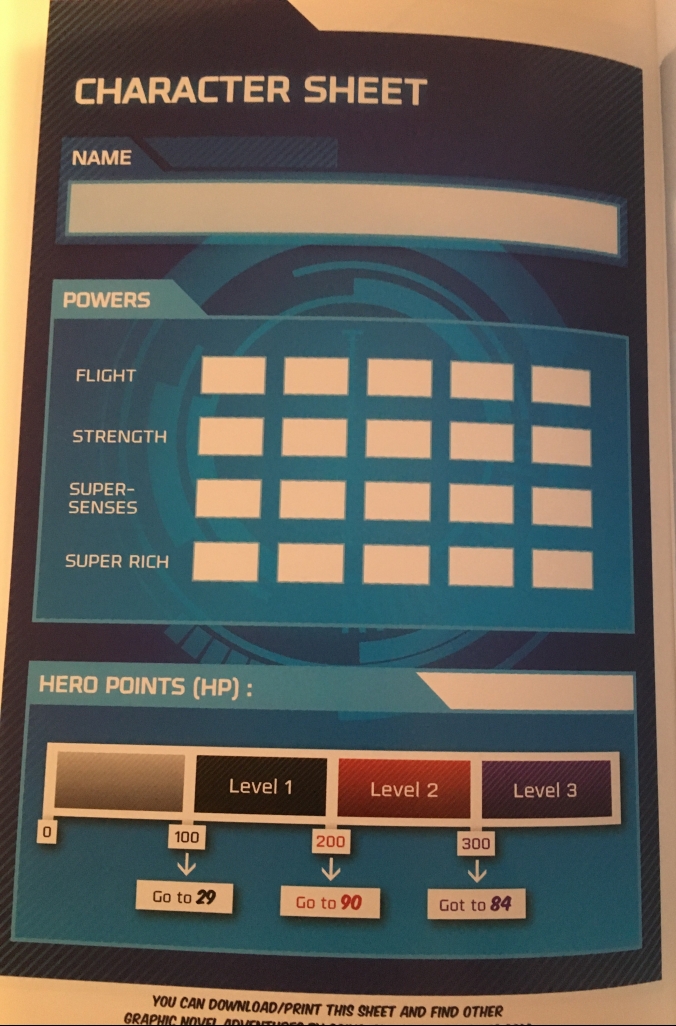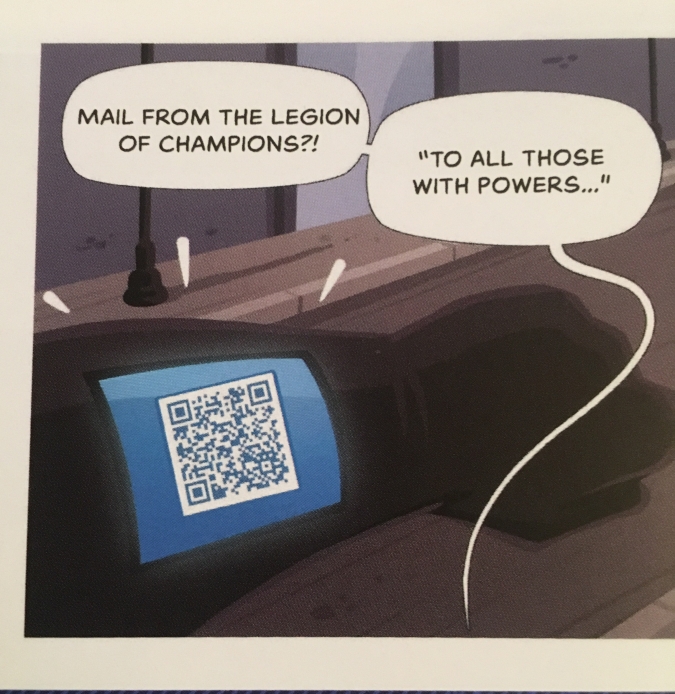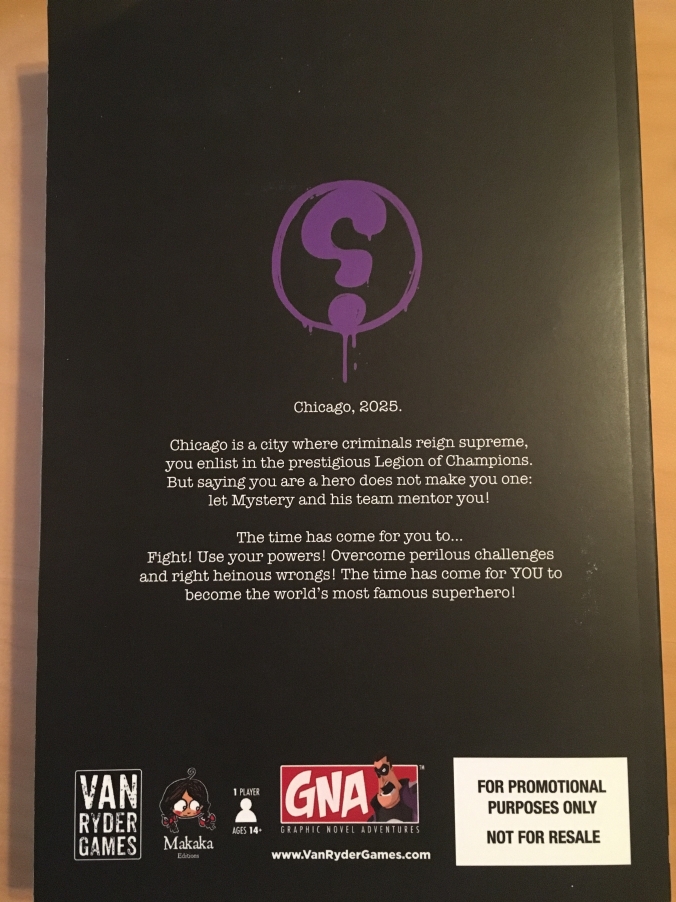As a parent it can be really hard to find time to indulge in my hobbies. There is always something to do, somewhere to be, someone that needs attention. So, when I do find the time to play a board game, it usually has to be fast, and fulfilling. Unfortunately, those two words do not always go hand in hand. I have amassed a huge collection of quick solo games. Not every one of the has the ability to scratch my itch as far as fulfilling. Many times I’ll play it and walk away, still craving something more. I’m sure many of you have that same feeling.
Recently I was contacted by Dennis Furia, creator of a new game, currently on Kickstarter, called Deck of Wonders. Dennis shared that he is a parent himself and was feeling many of the same things as I have been. So, while I went out searching for more games to add to my collection, he decided to make his own! He shared that Deck of Wonders was a hand management, legacy card game, completely solo, that plays in under half an hour. Deck of Wonders was designed by Dennis Furia with illustrations by Lauren BrownLess time than the average baby’s nap time! He need not say more, I was onboard! I recently received a promo copy of his game, and spoiler alert, it was everything he said and more!

How do you play? Good question. Let’s talk about that next. Deck of Wonders is comprised of a deck of 28 player cards and 28 villain cards. These cards are shuffled together to form a single draw deck. The player decks can be custom made, or created using the pre-constructed decks. The pre-constructed decks are great fun, and make the game easy to jump directly into. There may be additional set up instruction for each villain, those will be spelled out on their cards. Health is tracked on cards, the villain using a numeric card and a portrait card with an arrow. The player also has a numeric card, but their arrow will also include a handy reference card. The copy I received had three very different villains included with it, Cullin, the Spoiled Prince being the first. The villain card will let you know the starting health for both sides. That’s setup!
The game progress over rounds split up into the Player turn and the villain turn. The player turn has three phases, the draw phase, the play & attack phase, and the end turn phase. On the draw phase the player will draw a single card, adding it to their hand. For the first round only, the player will draw four. Next, during the play & attack phase, the player will chose cards from their hand to play. Some cards will have costs to play them, usually discarding cards. All minions played are played exhausted. To attack the player may use an cards that are not exhausted. They may attack in any order, exhausting those minions, and they may attack any villain minions, or the villain directly, in any order as well. Attacks may be cumulative. If the damage dealt to a minion meets or exceeds their health they are destroyed and sent to the discard pile. All minions deal their attack value back before they go. If multiple cards are discarded, the player chooses in which order they go into the discard pile. This is important in that some cards will call the top card of the discard pile back into play. To end the player turn all exhausted cards are readied and all minion health is restored. It is now the villain’s turn.

The villain turn consists of four phase, the draw & play phase, the draw battle lines phase, the attack phase, and the end turn phase. The first phase, draw & play consists of the villain drawing a single card and playing it. For the first round the villain with draw and play three. Cards are drawn from the same deck the player used but will be played upside down. This is denoted in only having two icons on the top of the card, as opposed to three on the player side. Minions are added to the villains side of the table, at the ready. Next the battle lines are drawn. The player orders their minions in priority order, this is a number found on the top middle of the card, from left to right, highest to lowest priority. If two minions share the same number the player chooses which one to place first. The player will then order the villain minions, in an order they choose. Villain minions will then attack. They will attack left to right, if the attack will not take out the players minion, the attack will be dealt directly to the player. Attacks can be cumulative, so this makes a bit of a puzzle when ordering the villain minions. Once all villain minions have attacked we move to the end turn phase. All villain minions are readied once again and all minion health is reset to full. Play now moves to the player. Game play continues like this until either the player or the villain have had their health reduced to zero.

One of the coolest things about Deck of Wonders is the legacy aspect I mentioned. The more you play the game the more cards you can unlock. For example, the villain Cullin comes with three Legacy Packs. One is unlocked by beating Cullin with more than 10 health remaining. One is unlocked the 8th time you play a specific card. You can unlock a new villain the 5th time you beat Cullin. The game continues to unfold and tell it’s story the more you play it, and believe me, you’ll want to play it. The cards you earn will replace ones in the current deck making sure there are always 28 villain cards, and 28 player cards. This now opens deck building options that are customized to your play style. After these cards are unlocked every player will have a unique experience based on what cards they choose to add and which ones to leave out. Each villain also brings their own set of cards, also changing up game play as you progress.
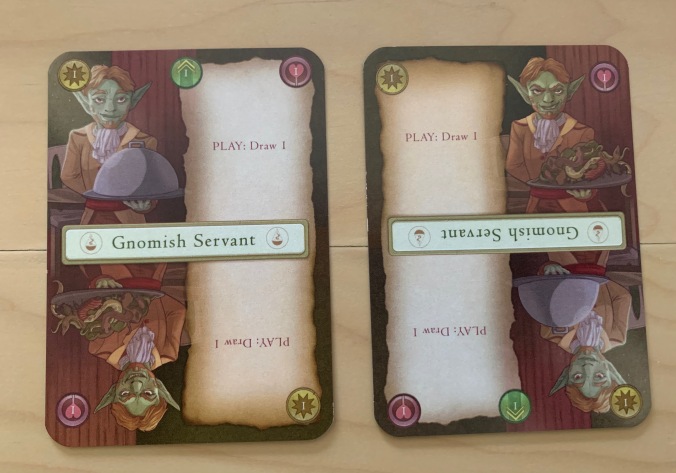
As I mentioned, Deck of Wonders is a card game, it’s footprint is really tiny, you can play it anywhere. Although it is small, the game play is huge. Right from the setup there are choices to be made to tailor the game to your play style. You choose which cards to add to the deck prior to play. Each round offers tons of decisions, from which cards to play to which cards to use to play for other cards. From what order to place your minions to which order the villain attacks, trying to mitigate the damage dealt to you.

I am a huge fan of multi-use cards. I love more for less. The use of the cards in Deck of Wonders as both the players deck and the villain deck is amazing. The fact that the art is reflected on each card depending upon which side the minion is fighting for is brilliant. Speaking of the art, it is breathtaking. When I opened up my copy, I immediately emailed Dennis, I told him that I was instantly struck by the colors of the deck, the art, the vibrancy of it all. It was gorgeous. A lot of the art in my copy is placeholder. I am excited to see the final artwork on all of the cards, the ones that have been revealed have been amazing.

So, tell me what you really think about this game, Wendy! I love it. I had an opportunity to play the game with Dennis Furia on Steam a while back, as soon as it was done, I wanted to play again. I lost that first game, but my mind was already figuring out what I did wrong and how I could do better next time. Overall I do not like to play games via the computer. I’m more tactile, but I still loved it. When I received a physical copy, I loved it even more!! I love the choices, I love the dual cards, I love the art, I love it all. There is so much room for this game to grow, and I look forward to watching that happen too. If this game sounds interesting to you, it is now live on Kickstarter here.
Thanks for joining me this week as I singlehandedly tried to control the Deck of Wonders Join me next time, follow me on Twitter and Facebook, as well as our new YouTube channel, and please, feel free to leave a comment below!











